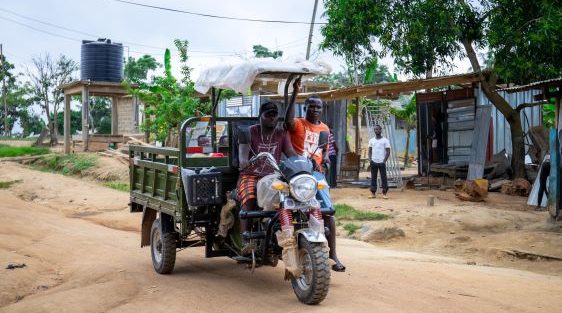Globally, the toll of unsafe working conditions remains staggering. According to the ILO, nearly 2.9 million workers die each year from occupational accidents and work-related diseases. An estimated 402 million people suffer non-fatal work-related injuries, contributing to economic losses. These figures underscore the urgent need for robust occupational safety systems.
Every year on April 28, the International Labour Organization (ILO) leads the global observance of World Day for Safety and Health at Work, spotlighting critical issues affecting workers’ wellbeing. The 2025 theme, “Revolutionizing Health and Safety: the Role of AI and Digitalization at Work,” invites reflection on how technology can transform occupational safety, especially in developing countries with significant workplace hazards.
Recent studies in Ghana paint a concerning picture. Research titled “Prevalence and associated factors of occupational injuries in an industrial city in Ghana” revealed that 64.7% of workers in the Tema industrial enclave sustained injuries in a year. The most common injuries included cuts or punctures, abrasions, and burns, with working tools being the primary cause in 45.8% of all cases (Asiedu et al., 2024). These realities demand urgent government, employer, and civil society interventions.
The Promise of AI and Digital Solutions
Technological innovations, particularly those driven by Artificial Intelligence (AI) and digitalization, offer promising pathways to address these challenges. The ILO notes that AI-powered tools ranging from smart sensors and predictive analytics to wearable safety devices are already making workplaces safer.
These tools can predict risks before they become harmful; enhance training through virtual and augmented reality; automate hazardous tasks; reduce human exposure to risks; and monitor workplace conditions in real time.
The adoption of such technology could significantly reduce the burden of workplace injuries and deaths in Ghana, particularly in high-risk sectors such as construction, mining, manufacturing, and agriculture.
Aligning With National and Global Priorities
Investing in workplace health and safety aligns with national development goals and global frameworks like the Sustainable Development Goals, specifically Goal 8, which advocates for “decent work for all”. The United Nations emphasizes the critical role of innovation in safeguarding workers, noting that “a safe and healthy working environment is a fundamental principle and right at work.” In support, the ILO calls on governments to ensure that digital transitions are “human-centered, inclusive and sustainable.”
A Call to Action
Efforts to champion health and safety for all, including the often-overlooked realities of informal and low-income workers, must be accelerated. Reflecting on this year’s theme, there is a crucial need to harness AI and digital technologies equitably and inclusively to ensure safety and health in the workplace.
We call on policymakers, employers, trade unions, and civil society to promote equitable access to safety technologies in the workplace, develop inclusive policies that protect all categories of workers, support research and innovation in occupational health and safety, and invest in capacity building and training on digital tools.
A Safer Future Is Possible!



